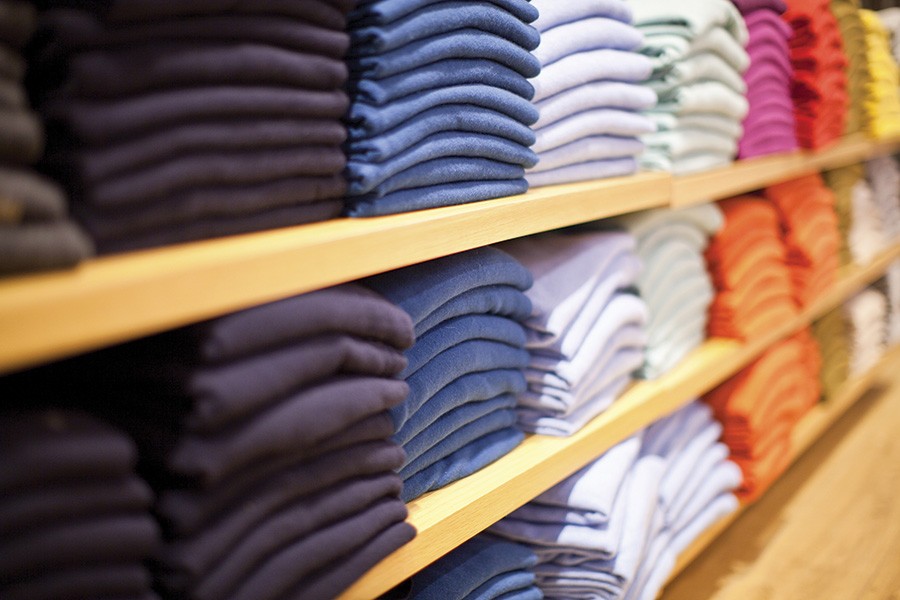It hasn't been a banner year for retail stores. Long-established retailers like Radio Shack and Brookstone have filed for bankruptcy protection, and stores across product categories—from Best Buy to Barnes & Noble to Staples to Sears—have either closed or plan to close hundreds of outlets. Meanwhile, as NPR recently reported, "dead" shopping malls are being reimagined as everything from office space to ice hockey rinks, while e-tailers such as Amazon continue to open warehouses or "fulfillment centers" and test automated flying drones that promise to deliver packages as fast as pizzas.
So has e-commerce finally put the nail in the retail store coffin? For answers during this busy holiday season, we turned to Sylvia Long-Tolbert, an assistant professor at Johns Hopkins' Carey Business School and a specialist on consumer research, marketing trends, and brand management.
How has e-commerce affected brick-and-mortar?
What's continuing to kill the brick-and-mortar stores is people's ability to comparison shop. They can pre-shop online, go into a retailer and take a look, and still purchase the item online. That's where the profitability has eroded for the brick-and-mortar, especially if the shipping charges are waived. They can't compete when people start to price shop. There is little loyalty in the retail sector, so even if customers have had a good experience, they'll often price shop before they stick with what they know.
So e-tailers will undercut traditional retailers to death?
Not necessarily. For all of the excitement about e-commerce displacing traditional shopping, if they ever reconcile the issue with sales tax for online purchases, that will pretty much level the playing field for brick-and-mortar retailers—and that day is coming. Five states so far impose sales tax on online purchases, and in those states, you already see a 5 to 11 percent drop in e-commerce sales. So brick-and-mortar could turn this thing around.
So retail stores aren't dead yet?
They're not dead, but the future of retail will evolve and morph into something else—something that will reflect social and cultural developments, such as the rebirth of the inner city and major urban centers and inner suburbs where we have self-contained communities. Those macro trends will serve the retailers as they think about how to creatively use existing space or how to restructure space to fit into the new way of living for the millennials and the 90 million baby boomers who are retiring, downsizing, and relocating.
It sounds like urban areas are key for retail growth.
For years retail has been about location, location, location, and I think perhaps because of e-commerce, we lost sight of that particular principle, but I believe it's going to come back. In the past five years, walkability has become an important determinant in home buying and leasing decisions. This desire to live, work, and play within the same community is a major lifestyle shift that has given birth to new or revitalized shopping districts. Indeed, we may have come full circle, where it's going to benefit local businesses and local retail.
What types of retail stores will be successful?
Ones that offer an experience or a destination for social interaction. We have 500 friends online, but what we're still lacking is a certain degree of intimacy. We are becoming more socially isolated, so retail stores are becoming more of a destination to meet and greet. We're engaging the brand but also engaging each other in a social way. This idea of repurposing retail space presents rich opportunities to integrate brick-and-mortar stores back into communities.
Can you give us a few examples?
Apple has been doing it awhile. People sign up to get their new gadget serviced; they're strangers, but they all get to talk to each other while they wait to attend in-store classes. And that itself becomes part of the brand, the social experience. Many of the cooking stores have cooking nights, where they take the store offline. It's another example where the engagement with the brand becomes engagement with other people. Nordstrom has been doing it for years with holiday fragrance parties, where they serve champagne, play live music, and offer exclusive merchandise and gifts. The average sales per customer at these sorts of events are a lot higher, which is why they do them.
Any other positive trends for traditional retail?
The pop-up shop concept was introduced more than a decade ago. It is now beginning to find traction with major and independent retailers. It's an ingenious and efficient way to continuously reinvent the shopping experience by offering customers novelty and spontaneity. We also see that e-tailers such as Amazon have experimented with the pop-up shop format as a way to enter the offline retail game. Perhaps e-commerce vendors also recognize the growing importance of location and face-to-face social interactions to finding and retaining customers. Inevitably, the right balance of online-offline channels will make for the best branded retail experience. Also, the baby boomers—who have the highest purchasing power and discretionary income—are highly Internet-savvy, but they don't completely trust e-commerce, and the more we have online security breaches, that population becomes even more cynical and more likely to drift back into the physical world.
Posted in Voices+Opinion, Politics+Society
Tagged business, consumer behavior, retail








